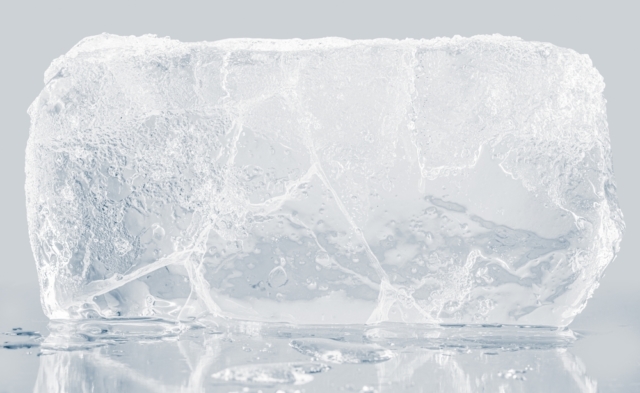Under normal conditions, ice does not exhibit piezoelectric properties, since its crystalline structure with randomly oriented dipoles does not create a net electrical effect under uniform pressure or compression. However, when bent or unevenly deformed, the situation changes.
Advertising
Scientists placed a sample of ice between two electrodes and controlled bending it, simultaneously recording the resulting electrical charge. The experiments showed a stable electrical response from negative temperatures up to the melting point.
At temperatures below -113 °C, a thin layer with ferroelectric properties was formed on the surface of the sample: its polarization could change under the influence of an external electric field, similar to how magnetic poles change.
